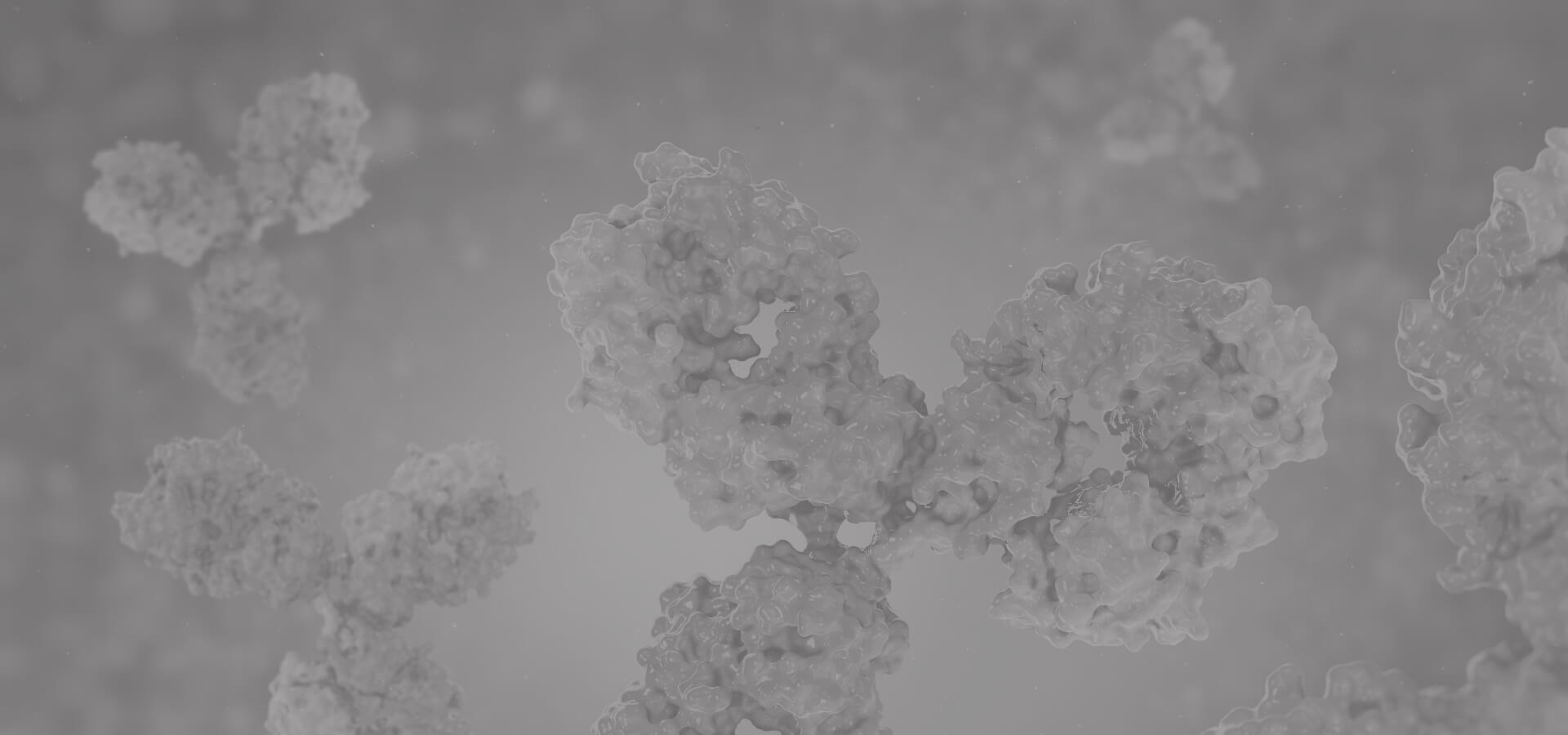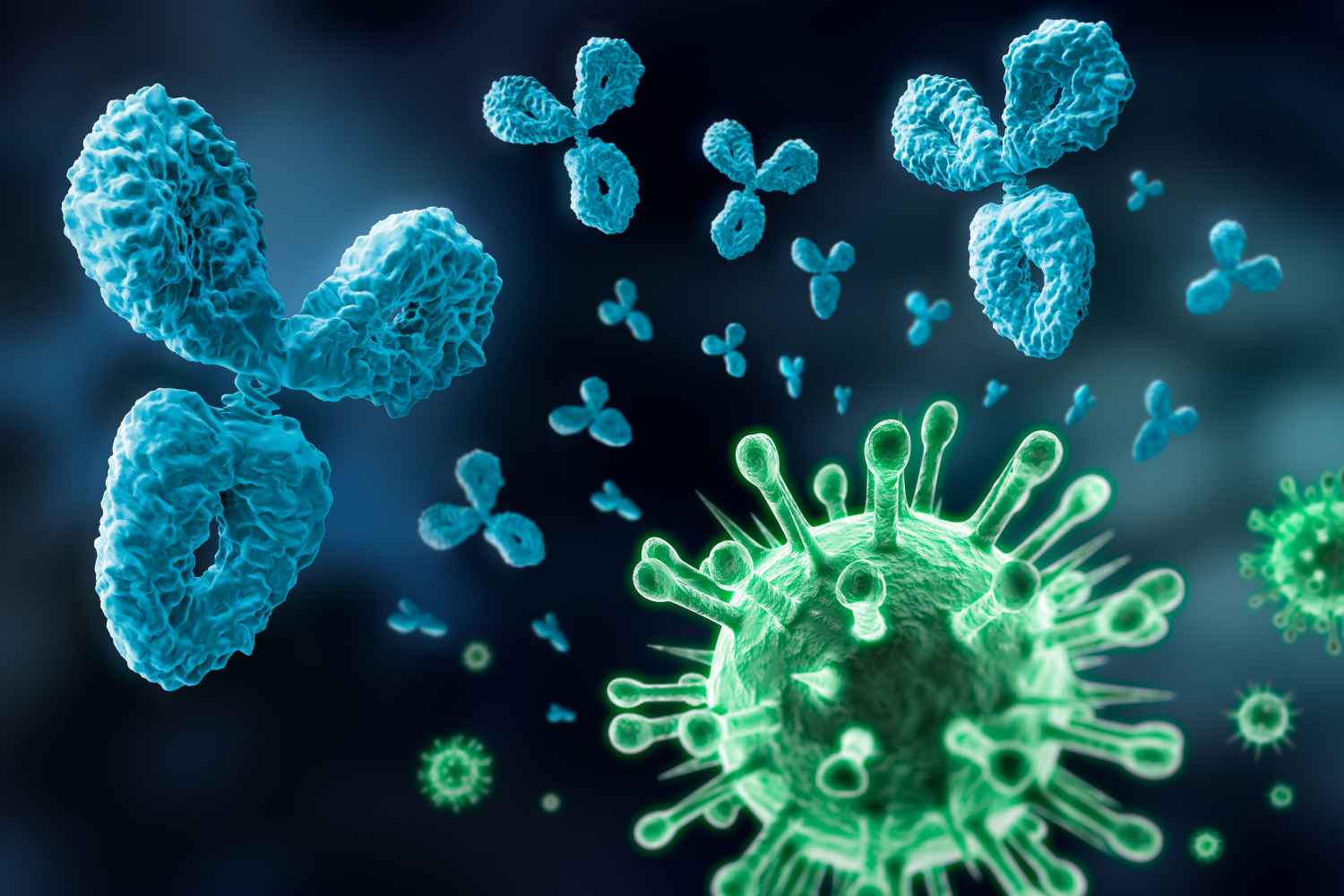CST3
CST3 (Cystatin C) is a Protein Coding gene. Diseases associated with CST3 include Cerebral Amyloid Angiopathy, Cst3-Related and Macular Degeneration, Age-Related, 11. Among its related pathways are Innate Immune System and Activated PKN1 stimulates transcription of AR (androgen receptor) regulated genes KLK2 and KLK3. Gene Ontology (GO) annotations related to this gene include identical protein binding and endopeptidase inhibitor activity. An important paralog of this gene is CST2.
Full Name
Cystatin C
Alternative Names
Cystatin C; Neuroendocrine Basic Polypeptide; Post-Gamma-Globulin; Gamma-Trace; Cystatin C (Amyloid Angiopathy And Cerebral Hemorrhage); Epididymis Secretory Protein Li 2; BA218C14.4 (Cystatin C);
Function
As an inhibitor of cysteine proteinases, this protein is thought to serve an important physiological role as a local regulator of this enzyme activity.
Biological Process
Amyloid fibril formation Source: Reactome
Cellular protein metabolic process Source: Reactome
Defense response Source: BHF-UCL
Negative regulation of blood vessel remodeling Source: BHF-UCL
Negative regulation of collagen catabolic process Source: BHF-UCL
Negative regulation of elastin catabolic process Source: BHF-UCL
Negative regulation of extracellular matrix disassembly Source: BHF-UCL
Negative regulation of peptidase activity Source: ARUK-UCL
Negative regulation of proteolysis Source: UniProtKB
Neutrophil degranulation Source: Reactome
Post-translational protein modification Source: Reactome
Regulation of tissue remodeling Source: BHF-UCL
Supramolecular fiber organization Source: BHF-UCL
Cellular protein metabolic process Source: Reactome
Defense response Source: BHF-UCL
Negative regulation of blood vessel remodeling Source: BHF-UCL
Negative regulation of collagen catabolic process Source: BHF-UCL
Negative regulation of elastin catabolic process Source: BHF-UCL
Negative regulation of extracellular matrix disassembly Source: BHF-UCL
Negative regulation of peptidase activity Source: ARUK-UCL
Negative regulation of proteolysis Source: UniProtKB
Neutrophil degranulation Source: Reactome
Post-translational protein modification Source: Reactome
Regulation of tissue remodeling Source: BHF-UCL
Supramolecular fiber organization Source: BHF-UCL
Cellular Location
Secreted
Involvement in disease
Amyloidosis 6 (AMYL6):
A hereditary generalized amyloidosis due to cystatin C amyloid deposition. Cystatin C amyloid accumulates in the walls of arteries, arterioles, and sometimes capillaries and veins of the brain, and in various organs including lymphoid tissue, spleen, salivary glands, and seminal vesicles. Amyloid deposition in the cerebral vessels results in cerebral amyloid angiopathy, cerebral hemorrhage and premature stroke. Cystatin C levels in the cerebrospinal fluid are abnormally low.
Macular degeneration, age-related, 11 (ARMD11):
A form of age-related macular degeneration, a multifactorial eye disease and the most common cause of irreversible vision loss in the developed world. In most patients, the disease is manifest as ophthalmoscopically visible yellowish accumulations of protein and lipid that lie beneath the retinal pigment epithelium and within an elastin-containing structure known as Bruch membrane.
A hereditary generalized amyloidosis due to cystatin C amyloid deposition. Cystatin C amyloid accumulates in the walls of arteries, arterioles, and sometimes capillaries and veins of the brain, and in various organs including lymphoid tissue, spleen, salivary glands, and seminal vesicles. Amyloid deposition in the cerebral vessels results in cerebral amyloid angiopathy, cerebral hemorrhage and premature stroke. Cystatin C levels in the cerebrospinal fluid are abnormally low.
Macular degeneration, age-related, 11 (ARMD11):
A form of age-related macular degeneration, a multifactorial eye disease and the most common cause of irreversible vision loss in the developed world. In most patients, the disease is manifest as ophthalmoscopically visible yellowish accumulations of protein and lipid that lie beneath the retinal pigment epithelium and within an elastin-containing structure known as Bruch membrane.
PTM
The Thr-25 variant is O-glycosylated with a core 1 or possibly core 8 glycan. The signal peptide of the O-glycosylated Thr-25 variant is cleaved between Ala-20 and Val-21.
View more
Anti-CST3 antibodies
+ Filters
 Loading...
Loading...
Target: CST3
Host: Mouse
Antibody Isotype: IgG1
Specificity: Human
Clone: CBYY-C2212
Application*: E
Target: CST3
Host: Mouse
Antibody Isotype: IgG1
Specificity: Human
Clone: CBFYC-2334
Application*: E
Target: CST3
Host: Rat
Antibody Isotype: IgG2b
Specificity: Mouse
Clone: C7939
Application*: WB
Target: CST3
Host: Rabbit
Antibody Isotype: IgG
Specificity: Human
Clone: 041
Application*: E
Target: CST3
Host: Mouse
Antibody Isotype: IgG1, κ
Specificity: Human
Clone: 3D10
Application*: E
Target: CST3
Host: Mouse
Antibody Isotype: IgG
Specificity: Human
Clone: CBT29
Application*: IF, IC, WB, P, E
Target: CST3
Host: Mouse
Antibody Isotype: IgG
Specificity: Human
Clone: CBT413
Application*: WB, E
Target: CST3
Host: Mouse
Antibody Isotype: IgG
Specificity: Human
Clone: CBT414
Application*: WB, E
Target: CST3
Host: Mouse
Antibody Isotype: IgG
Specificity: Human
Clone: CBT415
Application*: WB, E
Target: CST3
Host: Mouse
Antibody Isotype: IgG
Specificity: Human
Clone: CBT416
Application*: WB, P, IF, E
Target: CST3
Host: Mouse
Antibody Isotype: IgG
Specificity: Human
Clone: CBT417
Application*: WB, P, IF, E
Target: CST3
Host: Mouse
Antibody Isotype: IgG1
Specificity: Human
Clone: CBT2479
Application*: WB
Target: CST3
Host: Mouse
Antibody Isotype: IgG2
Specificity: Human
Clone: CBYY-C2215
Application*: WB
Target: CST3
Host: Mouse
Antibody Isotype: IgG1
Specificity: Human
Clone: CBYY-C2203
Application*: E
Target: CST3
Host: Mouse
Antibody Isotype: IgG2a
Specificity: Rat
Clone: CBFYC-2335
Application*: IH, IP
Target: CST3
Host: Mouse
Antibody Isotype: IgG2b
Specificity: Human
Clone: CBFYC-2333
Application*: WB, IP, E
Target: CST3
Host: Mouse
Antibody Isotype: IgG1, κ
Specificity: Human
Clone: CBFYC-2331
Application*: WB, IP, IF, E
Target: CST3
Host: Rabbit
Antibody Isotype: IgG
Specificity: Human
Clone: CBFYC-2328
Application*: P, IF
Target: CST3
Host: Rat
Antibody Isotype: IgG2b
Specificity: Human, Mouse, Rat
Clone: CBFYC-2326
Application*: IP, WB
Target: CST3
Host: Mouse
Antibody Isotype: IgG2b
Specificity: Human
Clone: CBFYC-2325
Application*: E
Target: CST3
Host: Mouse
Antibody Isotype: IgG1
Specificity: Human
Clone: CBFYC-2324
Application*: E
Target: CST3
Host: Rabbit
Antibody Isotype: IgG
Specificity: Human, Mouse, Rat
Clone: 002
Application*: E
Target: CST3
Host: Mouse
Antibody Isotype: IgG2a, κ
Specificity: Human
Clone: 1H4
Application*: WB, E
Target: CST3
Host: Mouse
Antibody Isotype: IgG1
Specificity: Human
Clone: 13
Application*: E
Target: CST3
Host: Rabbit
Antibody Isotype: IgG
Specificity: Mouse, Rat
Clone: 033
Application*: P
Target: CST3
Host: Rabbit
Antibody Isotype: IgG
Specificity: Mouse
Clone: 001
Application*: E
Target: CST3
Host: Mouse
Antibody Isotype: IgG
Specificity: Human
Clone: EC132
Application*: WB, P, IF, E
Target: CST3
Host: Mouse
Antibody Isotype: IgG
Specificity: Human
Clone: EC131
Application*: P, E
Target: CST3
Host: Mouse
Antibody Isotype: IgG
Specificity: Human
Clone: EC130
Application*: P, E
More Infomation
Hot products 
-
Mouse Anti-CD8 Recombinant Antibody (C1083) (CBMAB-C1083-LY)

-
Mouse Anti-CD24 Recombinant Antibody (ALB9) (CBMAB-0176CQ)

-
Mouse Anti-CD33 Recombinant Antibody (P67.6) (CBMAB-C10189-LY)

-
Human Anti-SARS-CoV-2 Spike Recombinant Antibody (CBC05) (CBMAB-CR005LY)

-
Mouse Anti-BBS2 Recombinant Antibody (CBYY-0253) (CBMAB-0254-YY)

-
Mouse Anti-ENO2 Recombinant Antibody (85F11) (CBMAB-0276CQ)

-
Rat Anti-C5AR1 Recombinant Antibody (8D6) (CBMAB-C9139-LY)

-
Mouse Anti-ELAVL4 Recombinant Antibody (6B9) (CBMAB-1132-YC)

-
Mouse Anti-AOC3 Recombinant Antibody (CBYY-0014) (CBMAB-0014-YY)

-
Mouse Anti-DLL4 Recombinant Antibody (D1090) (CBMAB-D1090-YC)

-
Rabbit Anti-ALDOA Recombinant Antibody (D73H4) (CBMAB-A2314-YC)

-
Mouse Anti-F11R Recombinant Antibody (402) (CBMAB-0026-WJ)

-
Mouse Anti-APOE Recombinant Antibody (A1) (CBMAB-0078CQ)

-
Mouse Anti-BIRC3 Recombinant Antibody (315304) (CBMAB-1214-CN)

-
Mouse Anti-ARID1B Recombinant Antibody (KMN1) (CBMAB-A3546-YC)

-
Mouse Anti-HTLV-1 gp46 Recombinant Antibody (CBMW-H1006) (CBMAB-V208-1154-FY)

-
Mouse Anti-CCND2 Recombinant Antibody (DCS-3) (CBMAB-G1318-LY)

-
Mouse Anti-CASQ1 Recombinant Antibody (CBFYC-0863) (CBMAB-C0918-FY)

-
Rabbit Anti-Acetyl-Histone H3 (Lys36) Recombinant Antibody (V2-623395) (CBMAB-CP0994-LY)

-
Mouse Anti-2C TCR Recombinant Antibody (V2-1556) (CBMAB-0951-LY)

For Research Use Only. Not For Clinical Use.
(P): Predicted
* Abbreviations
- AActivation
- AGAgonist
- APApoptosis
- BBlocking
- BABioassay
- BIBioimaging
- CImmunohistochemistry-Frozen Sections
- CIChromatin Immunoprecipitation
- CTCytotoxicity
- CSCostimulation
- DDepletion
- DBDot Blot
- EELISA
- ECELISA(Cap)
- EDELISA(Det)
- ESELISpot
- EMElectron Microscopy
- FFlow Cytometry
- FNFunction Assay
- GSGel Supershift
- IInhibition
- IAEnzyme Immunoassay
- ICImmunocytochemistry
- IDImmunodiffusion
- IEImmunoelectrophoresis
- IFImmunofluorescence
- IGImmunochromatography
- IHImmunohistochemistry
- IMImmunomicroscopy
- IOImmunoassay
- IPImmunoprecipitation
- ISIntracellular Staining for Flow Cytometry
- LALuminex Assay
- LFLateral Flow Immunoassay
- MMicroarray
- MCMass Cytometry/CyTOF
- MDMeDIP
- MSElectrophoretic Mobility Shift Assay
- NNeutralization
- PImmunohistologyp-Paraffin Sections
- PAPeptide Array
- PEPeptide ELISA
- PLProximity Ligation Assay
- RRadioimmunoassay
- SStimulation
- SESandwich ELISA
- SHIn situ hybridization
- TCTissue Culture
- WBWestern Blot

Online Inquiry







